Canadian television show “Anne with an E,” based off of the Anne of Green Gables books by Lucy Maud Montgomery, began its third season late last month, and its most recent episodes are taking on an important yet scarcely acknowledged event in history. The show takes place in Canada in the 1890’s and, of course, follows a young girl named Anne.
In Season 3, the very first episode introduces a vital new character. She is a Native American girl, the same age as Anne, named Ka’kwet. The girls quickly become friends; as Anne walks with Ka’kwet, she shows her where she lives and teaches her simple phrases in her language. Anne is fascinated by her culture, and writes a short article about her experience in her school newspaper.
Unfortunately, not everyone in Anne’s town, Avonlea, is quite as welcoming. Much of the older residents refer to the indigenous people as “savages” and “dangerous.” Despite this, Anne continues her friendship with Ka’Kwet.
The first time the residential school is mentioned in the show is through one of Anne’s neighbors, Rachel, who is infamous for being judgmental and prejudiced against other groups. She presents the residential school as a place where Ka’kwet needs to go in order to succeed in life, and after much debate her parents allow an eager Ka’kwet to go. We watch as Ka’kwet says her goodbyes to her parents and Anne, and excitedly boards the train for a place she is expecting to be full of people wanting to help her.
Instead, when we next see Ka’kwet, she and the other children at the residential school have had their hair cut — Ka’kwet’s long, beautiful braids are gone. They are wearing dull uniforms, and being forced to sing and speak in English in a mundane room. They have stripped her of her birth name and are calling her Hanna. She looks miserable, scared and even cries out when Anne comes to visit her, but is turned away. It is apparent that the children are being treated terribly and being forced to assimilate.
These residential schools have a long history in Canada. They were run by the government along with Christian churches. The purpose of these schools was to teach indigenous children about Canadian-European culture and force them to assimilate. As a result, these children were stripped of their culture, treated poorly and countless communities were disrupted.
The pain that these schools caused still exists today in the loss of culture, names and history. An estimated 150,000 children were affected by these schools. Finally, the Indian Residential Settlement Agreement (IRSSA) took place in 2007, and it took until 2008 for a prime minister (Stephen Harper) to issue a formal public apology to these people.
The United States has a dark history with Native American residential schools as well. There were over 150 in the United States — children were killed, abused and forced to assimilate. The most infamous school being the Carlisle Indian Industrial School, where the remains of three young children were recently unearthed in an effort to return them to their family and tribe members.
These boarding schools that took place in North America were not only harmful, but deadly, and it cost countless people their culture and sense of self. Despite the horrific consequences, this history is hardly acknowledged.
“Anne with an E” does an excellent job of portraying the hurt and devastation indigineous peoples went through at this time. This is not the first time the show has strayed away from the books and approached a controversial topic. The show has also discussed issues involving feminism, LGBTQ+ rights, racism and more.
Although the scenes that take place in the residential school are heartbreaking, they are absolutely necessary and the show has a responsibility to accurately portray what was going on in that time period. I look forward to watching more and seeing how Ka’kwet’s story progresses.
“Anne with an E” is a perfect example of the media industry using their platform to cast light on issues that are not normally talked about in mainstream media. The show is lighthearted, but has never been afraid to take risks when it comes to controversial topics. I believe there needs to be more shows like this on television. After all, if media does one thing well, it’s start a conversation.
For questions/comments about this story, email [email protected] or tweet @TheWhitOnline.

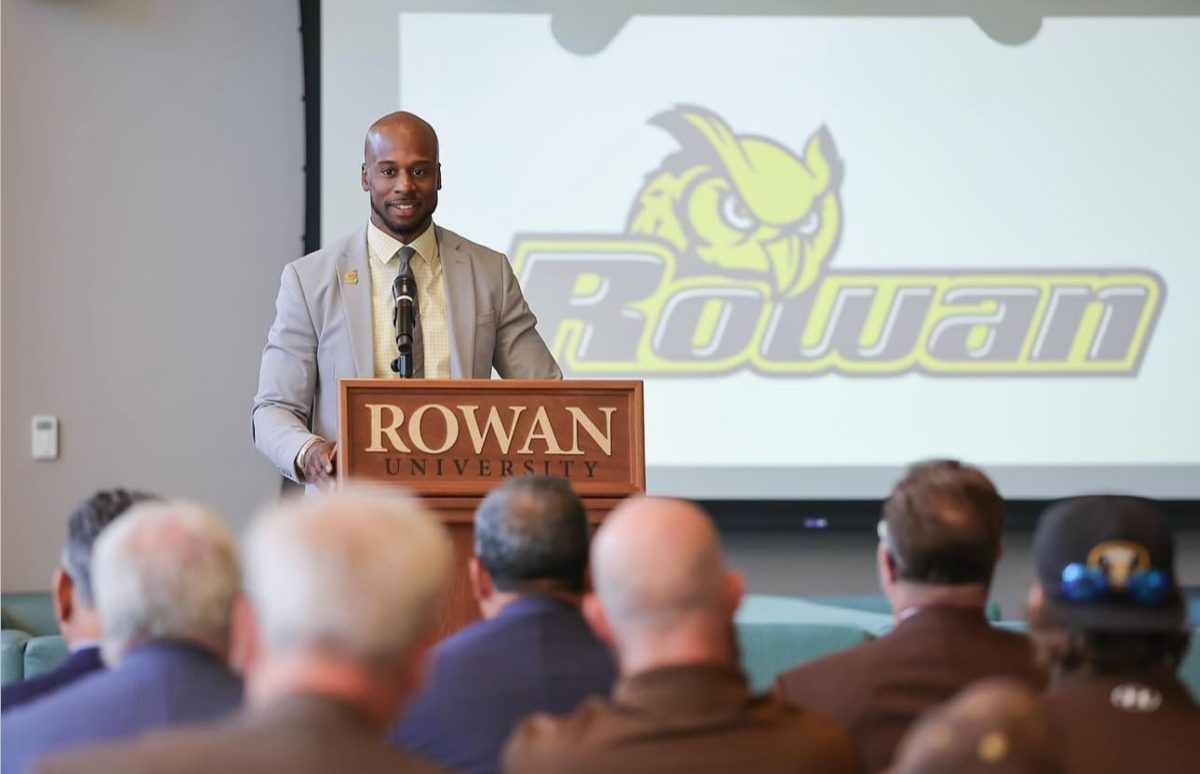

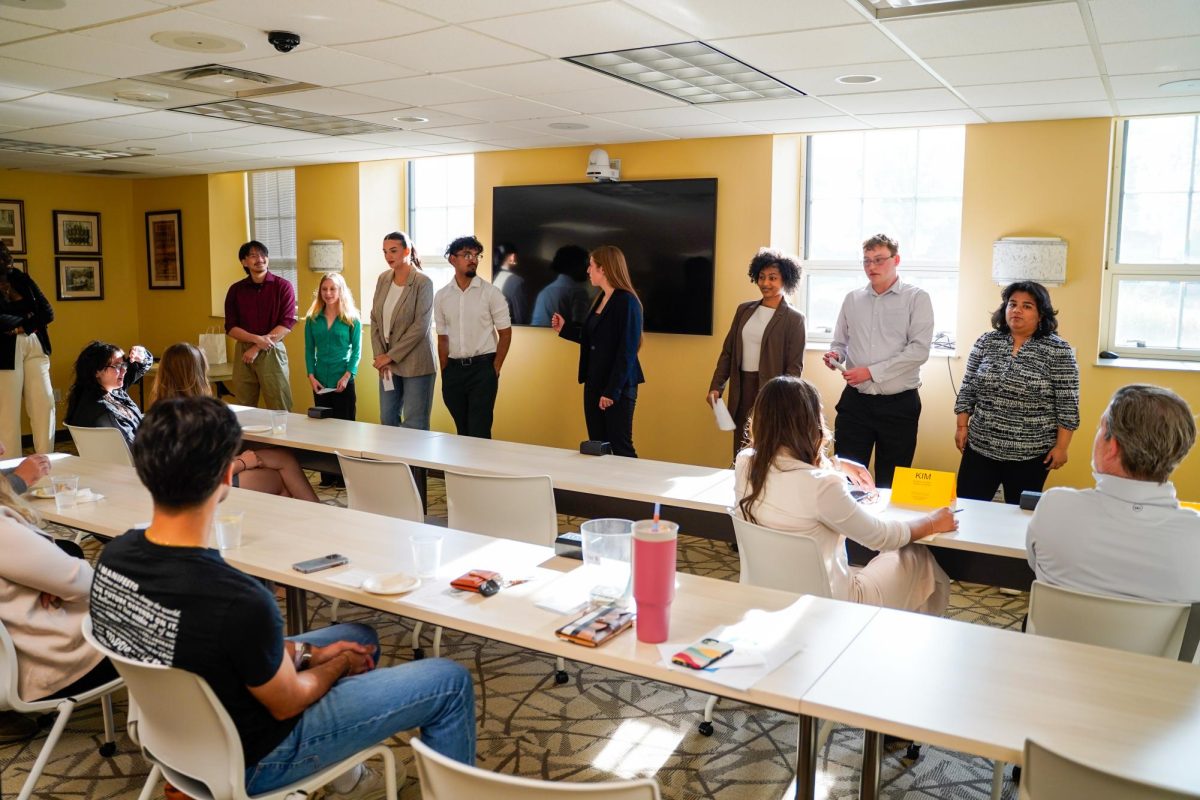
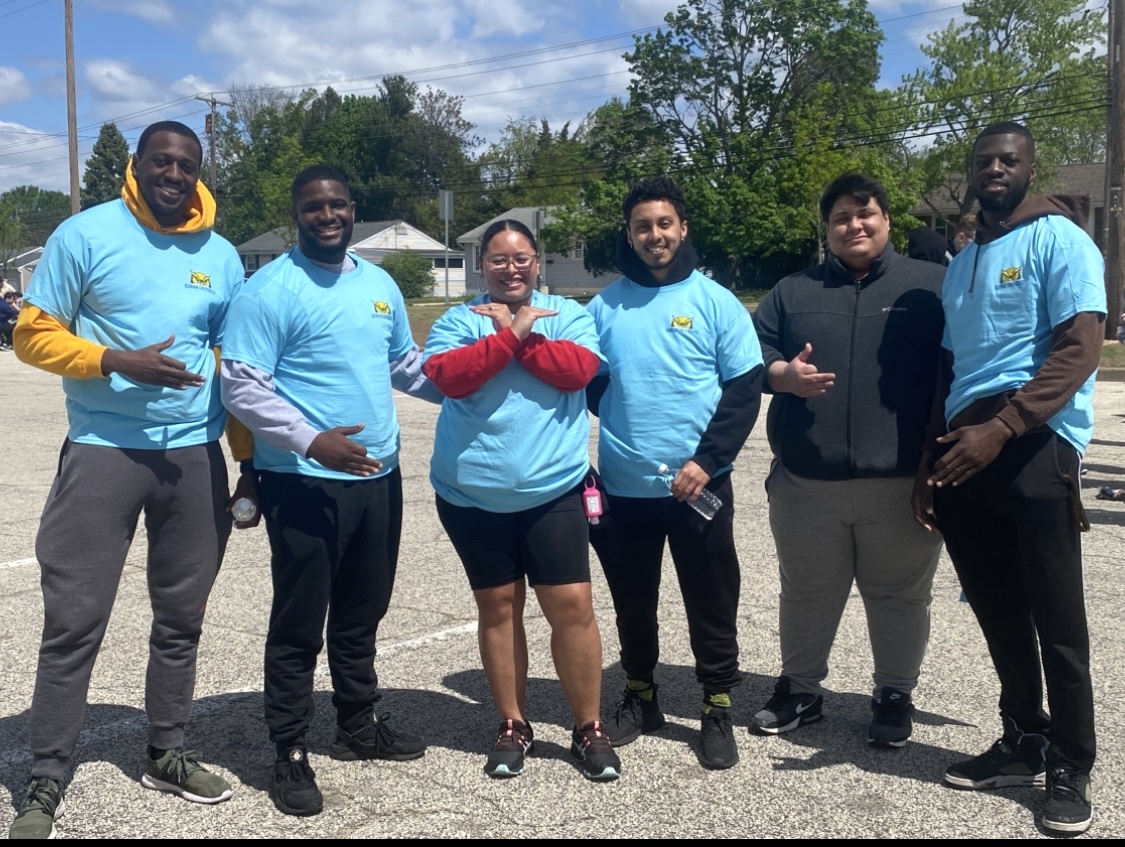


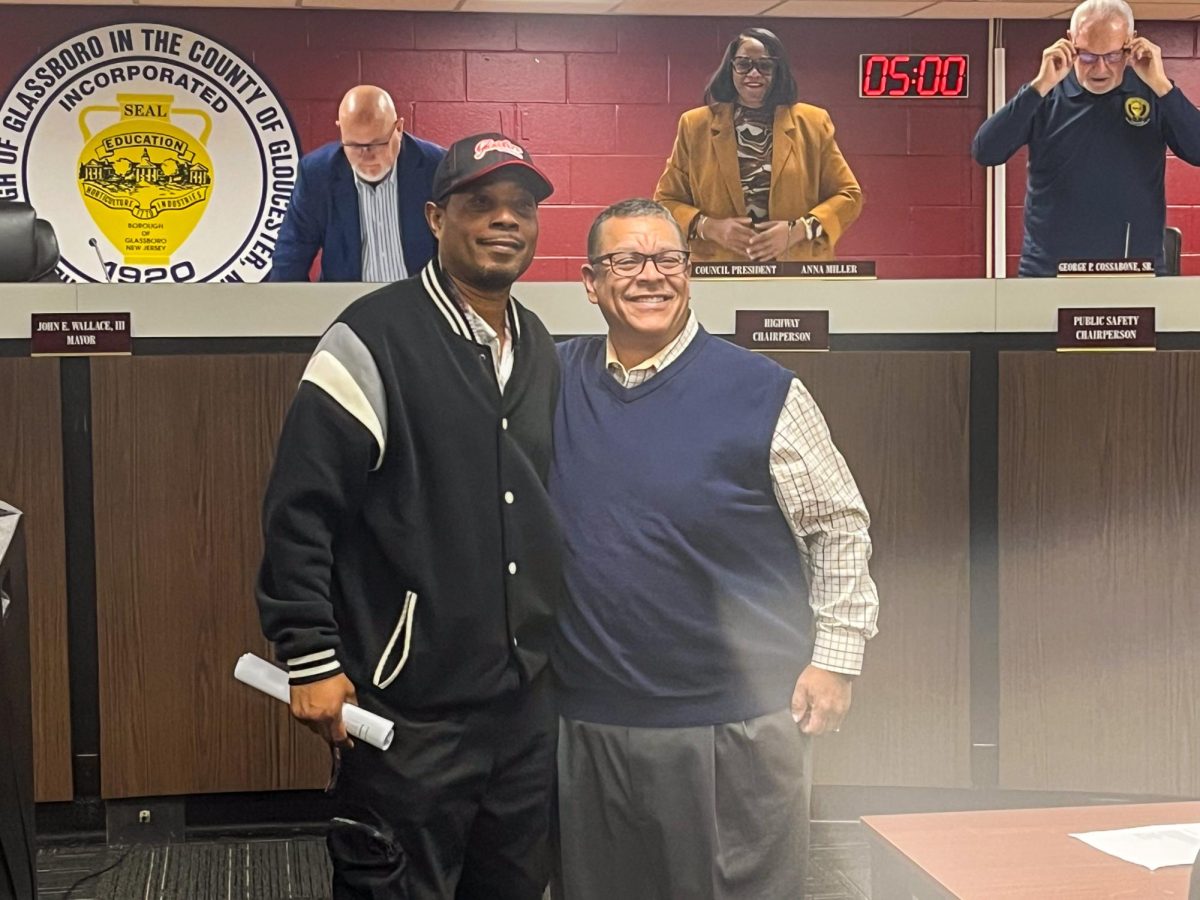












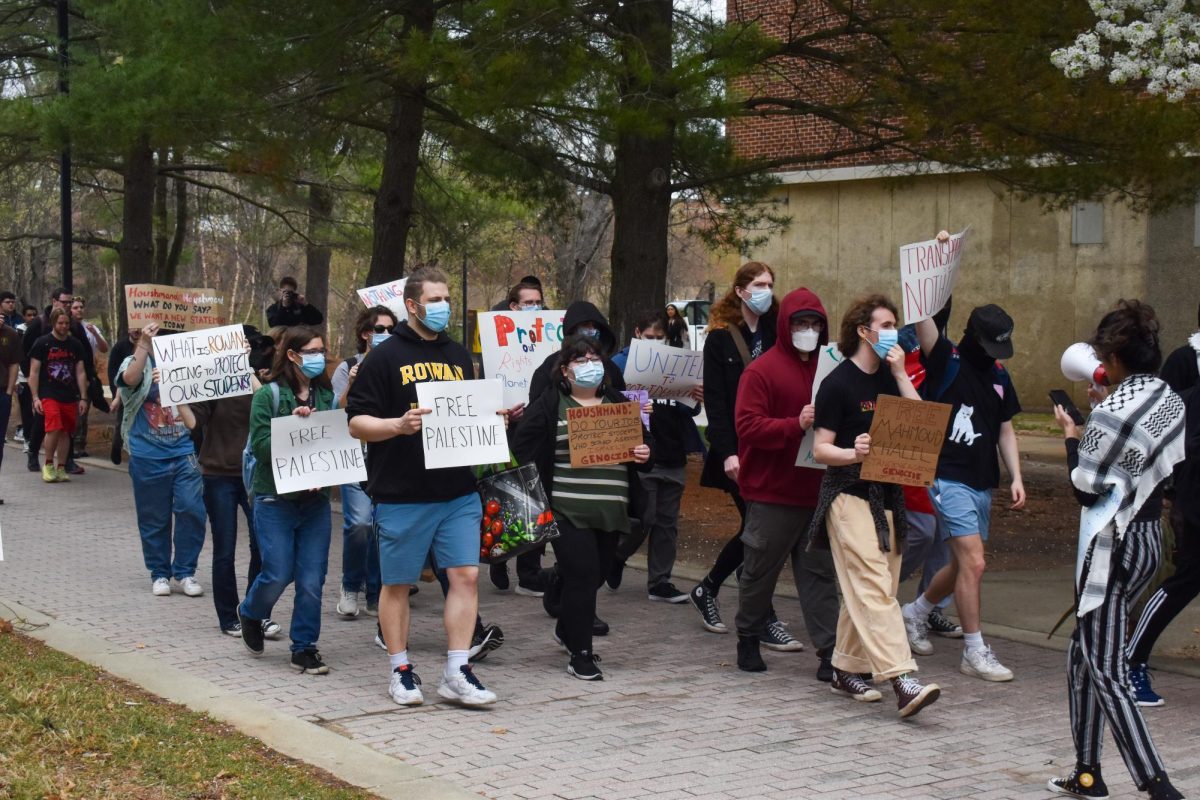









































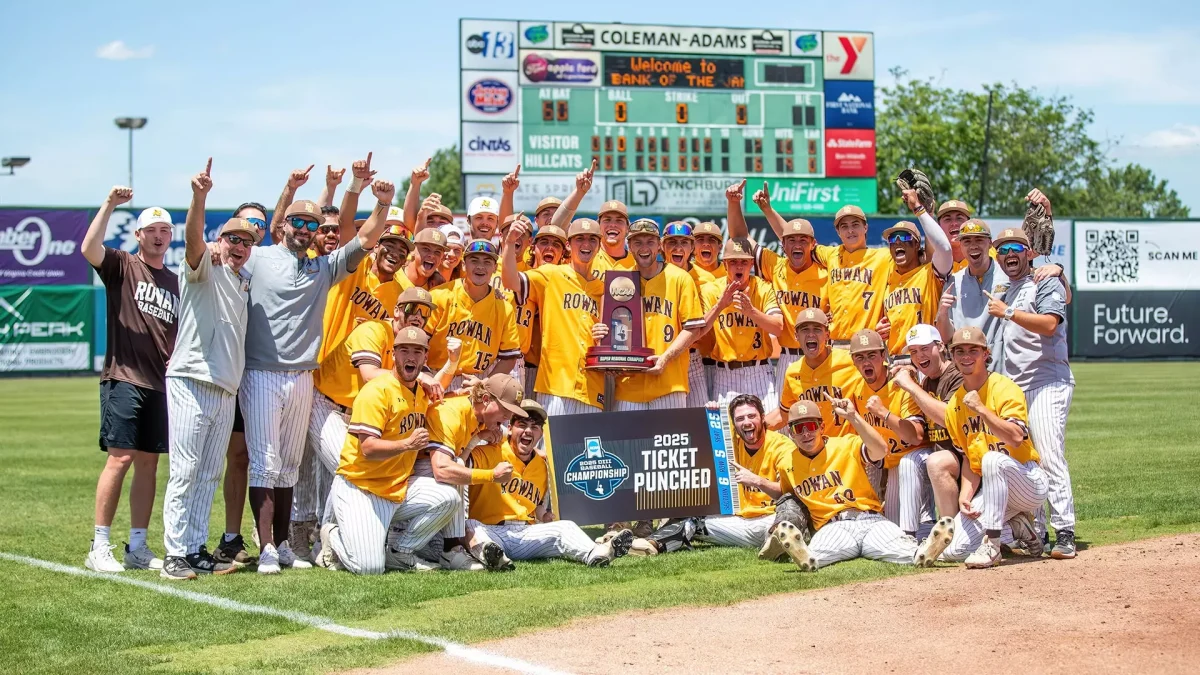
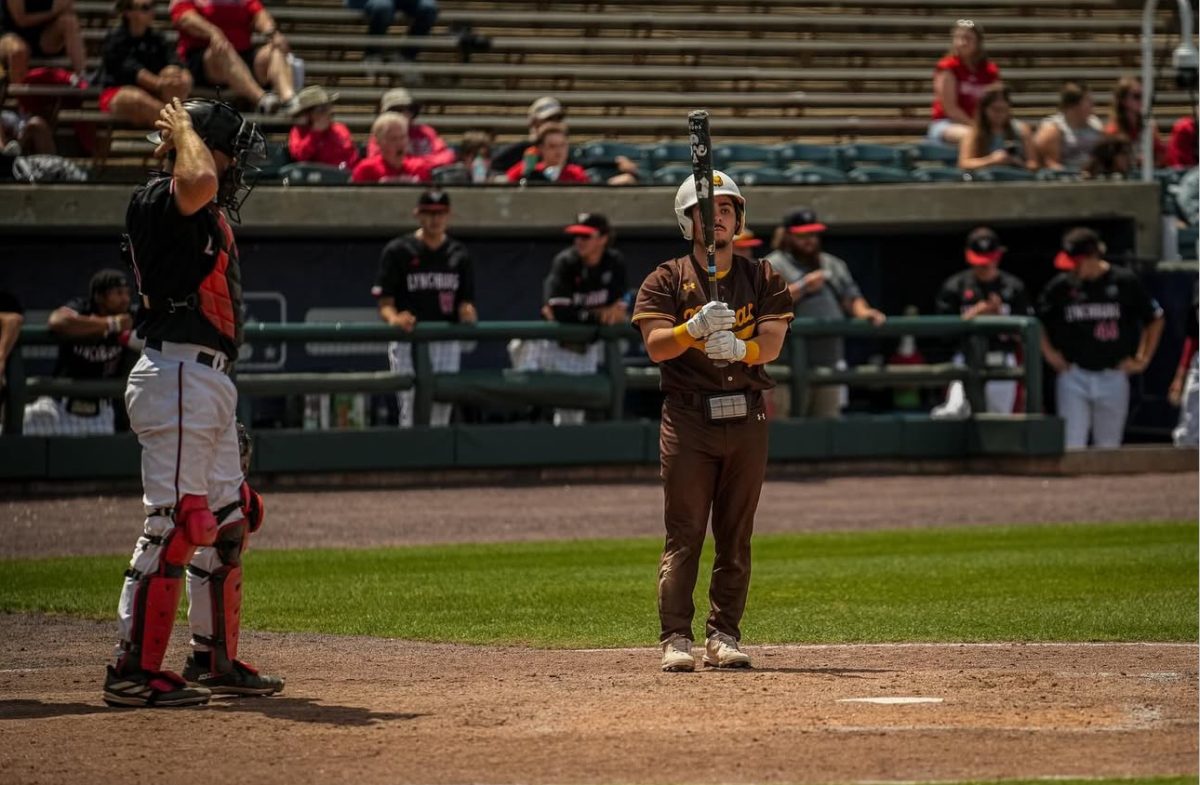
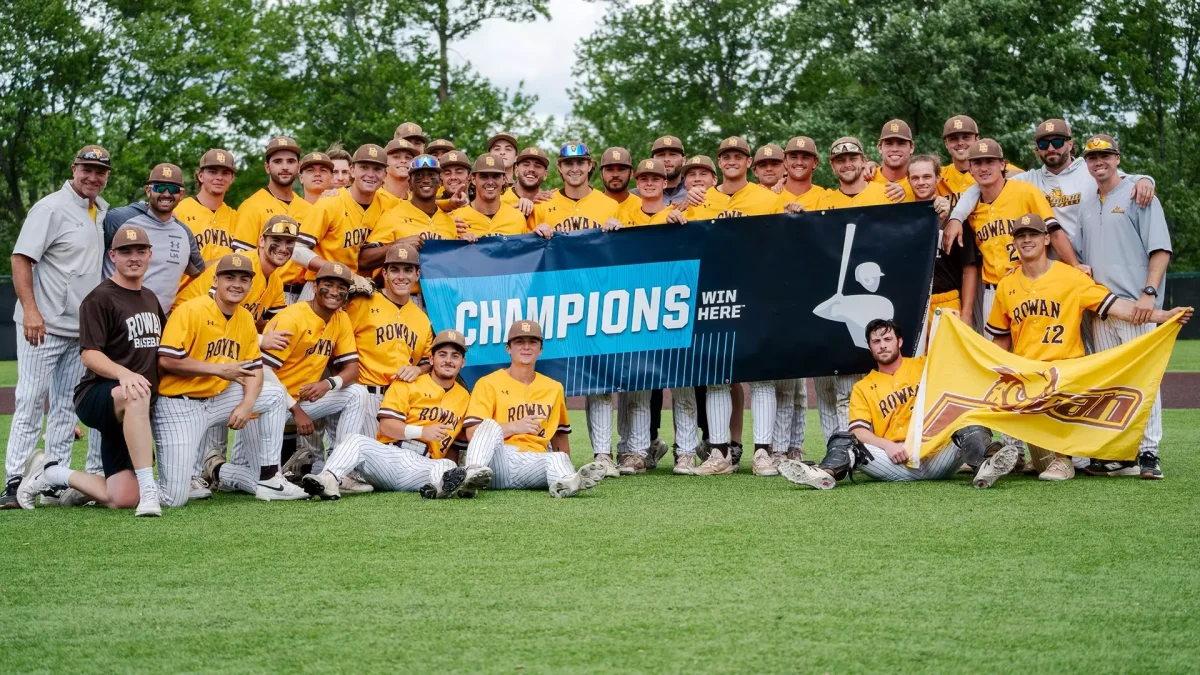
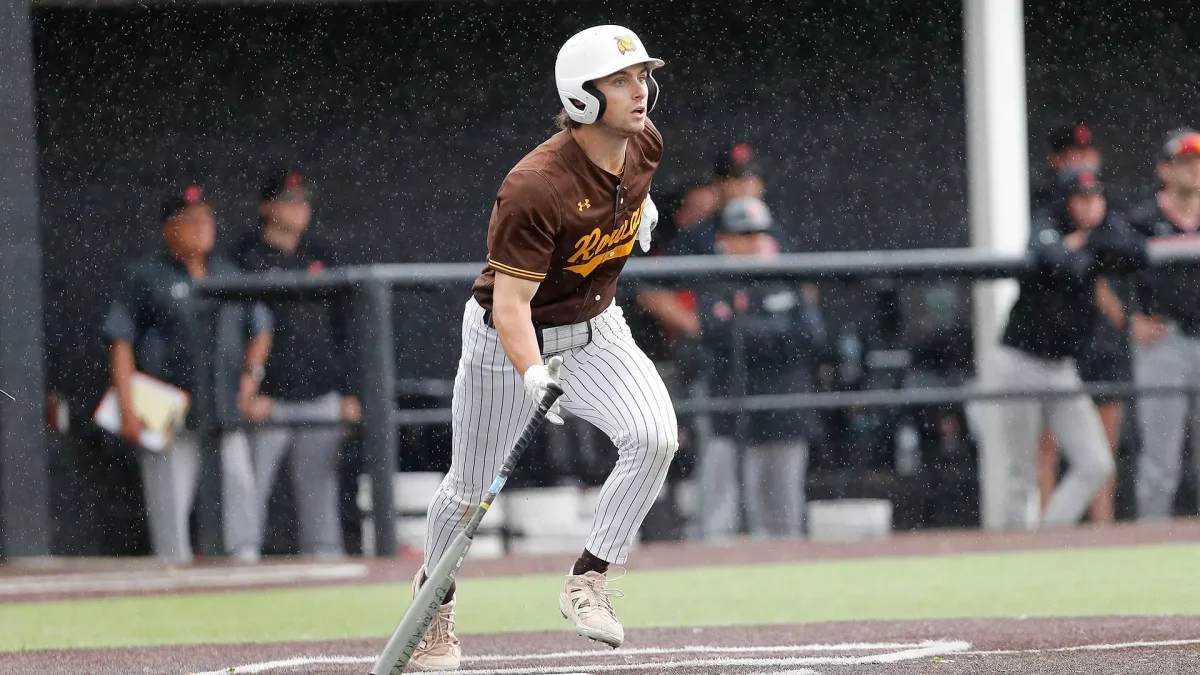
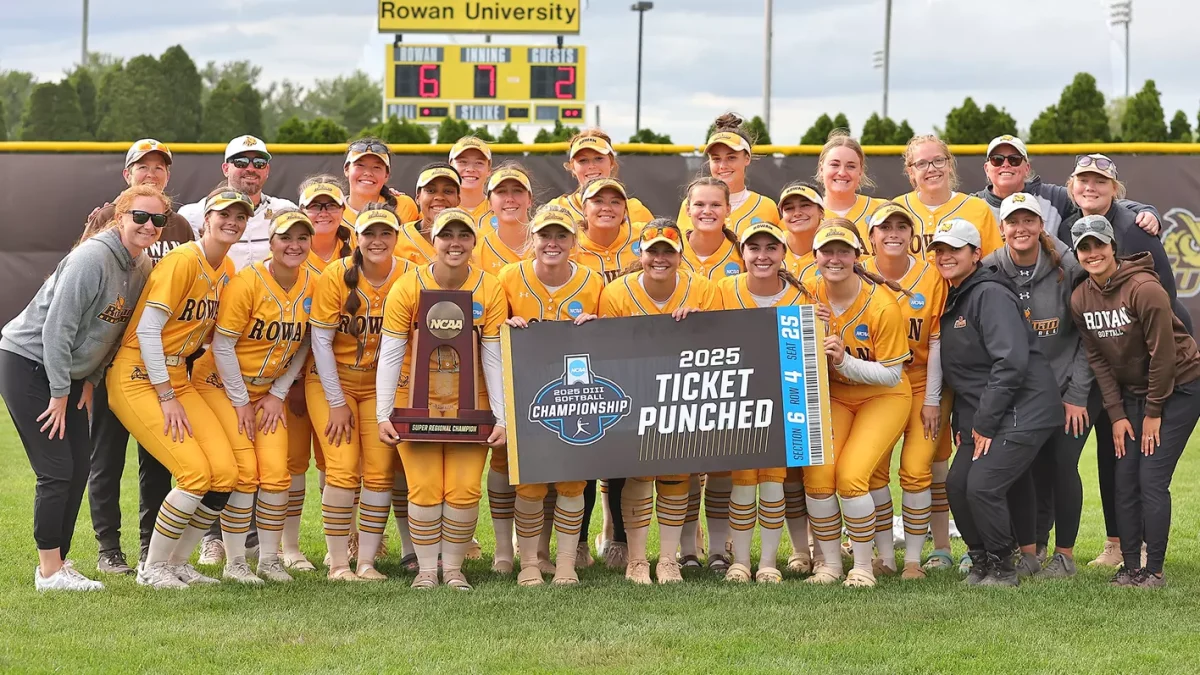
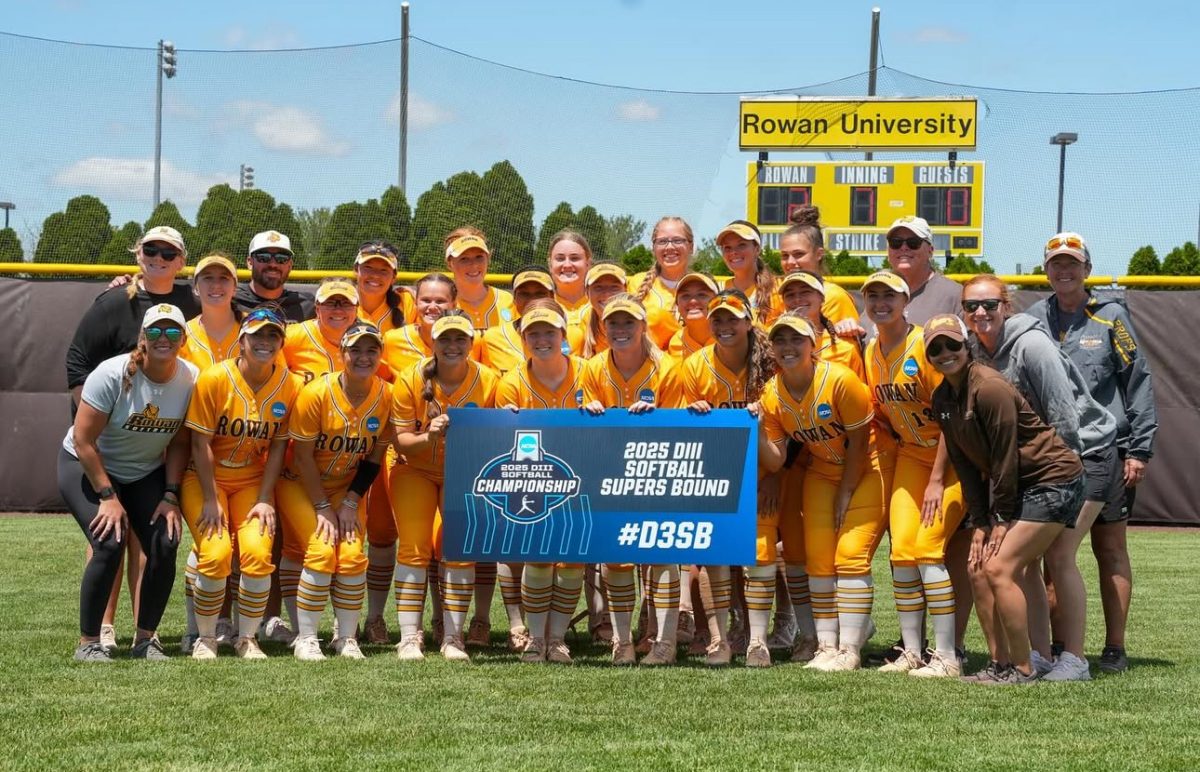















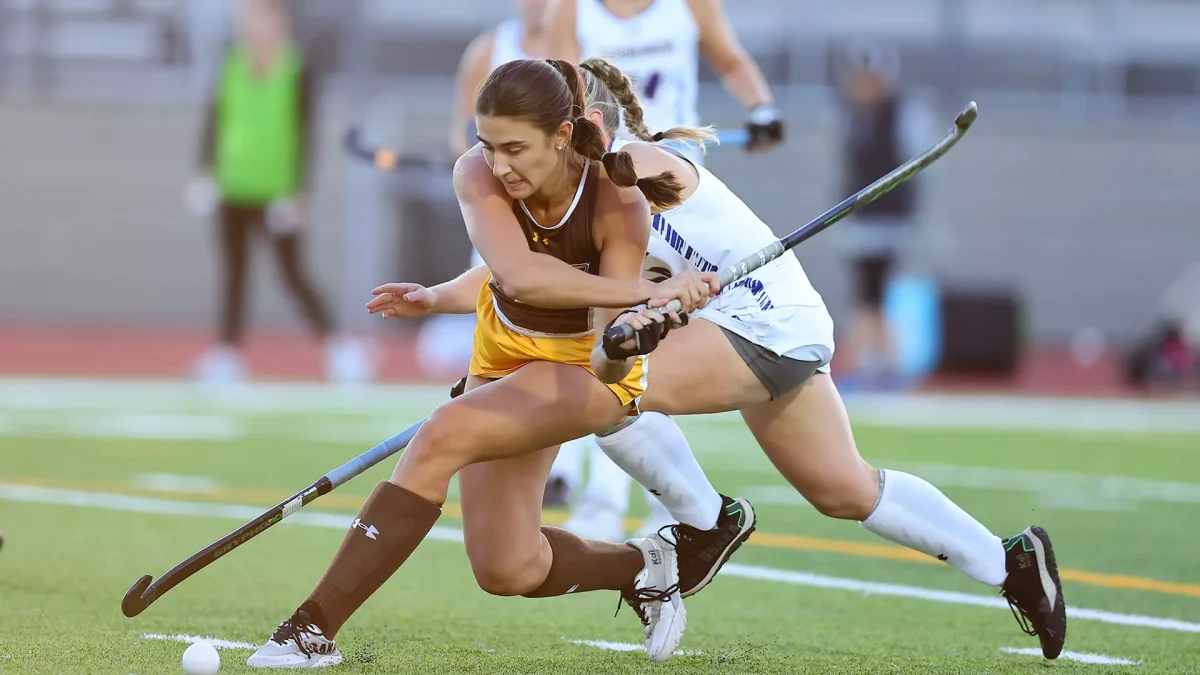

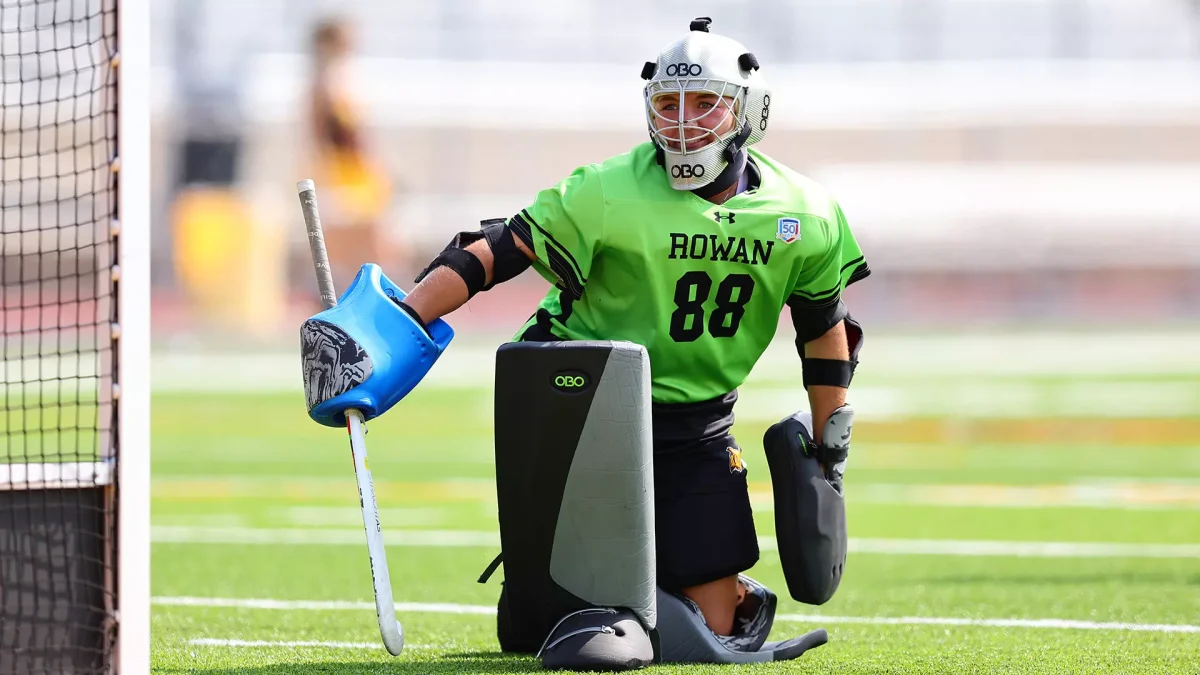


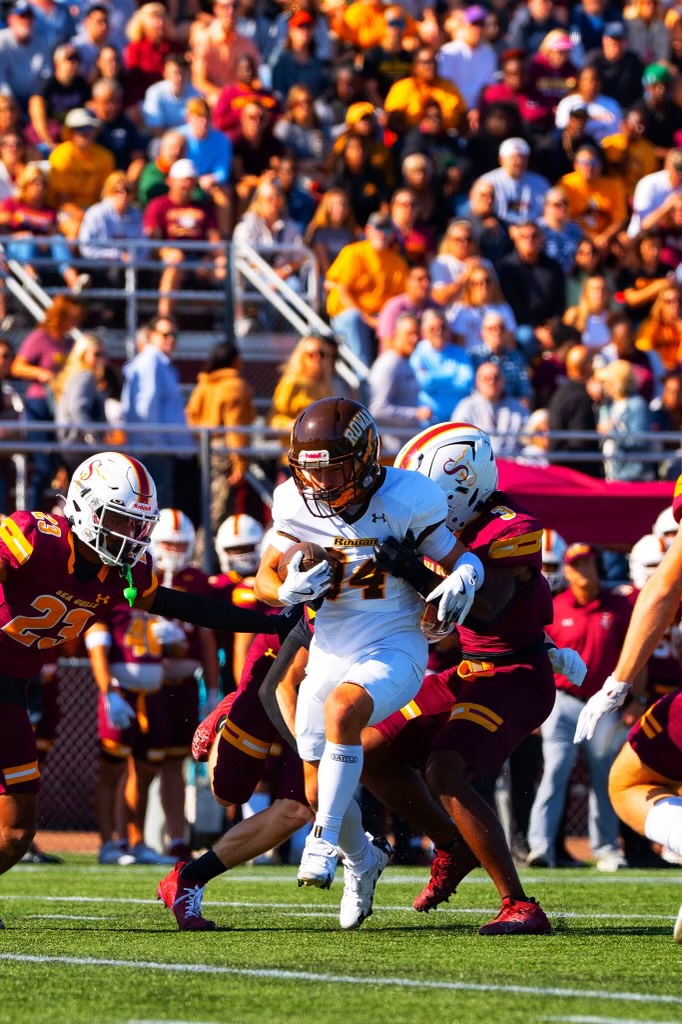
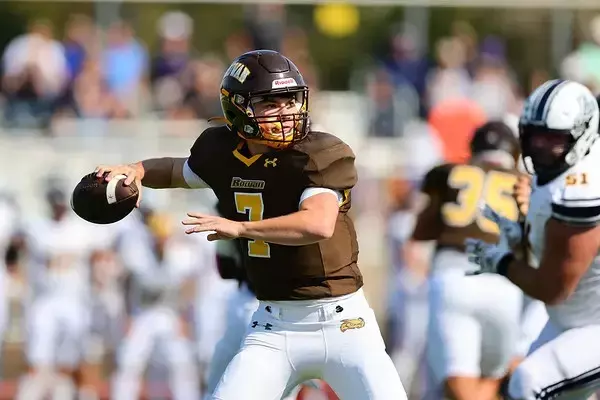


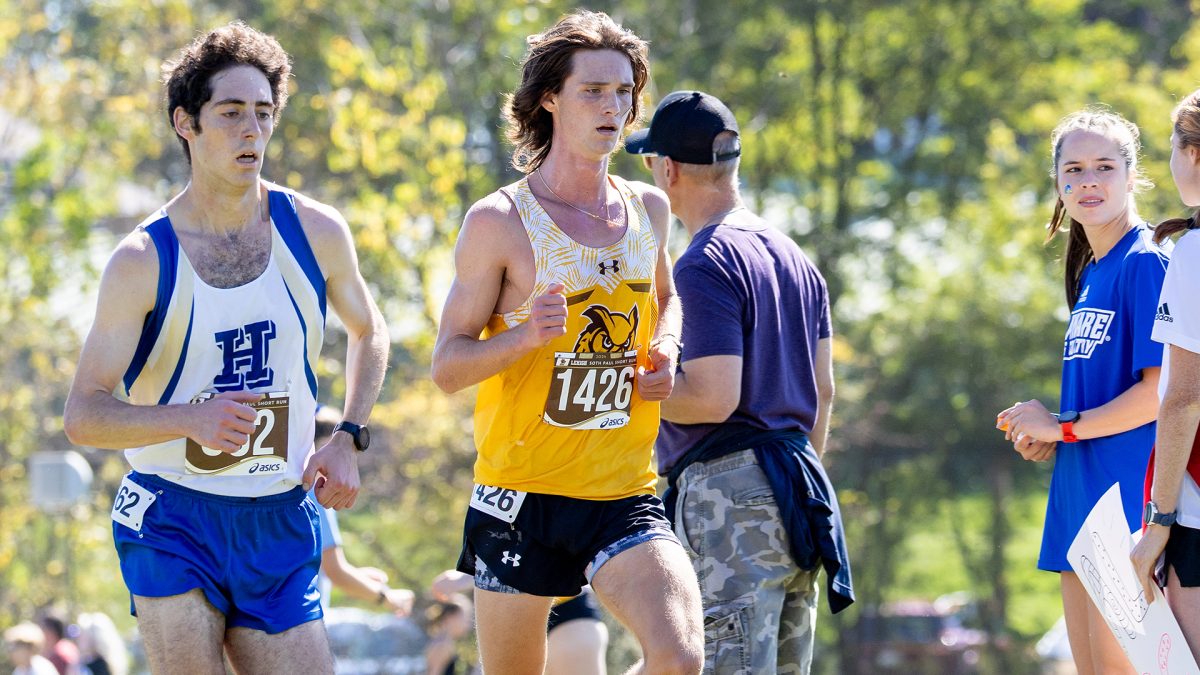



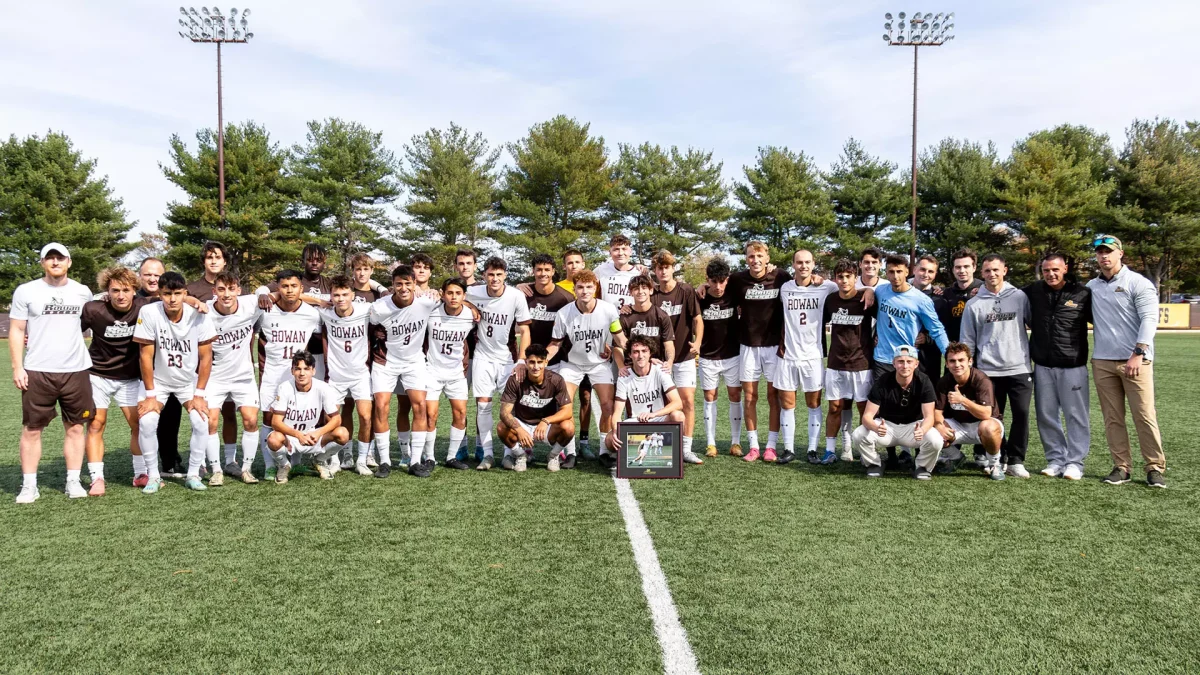

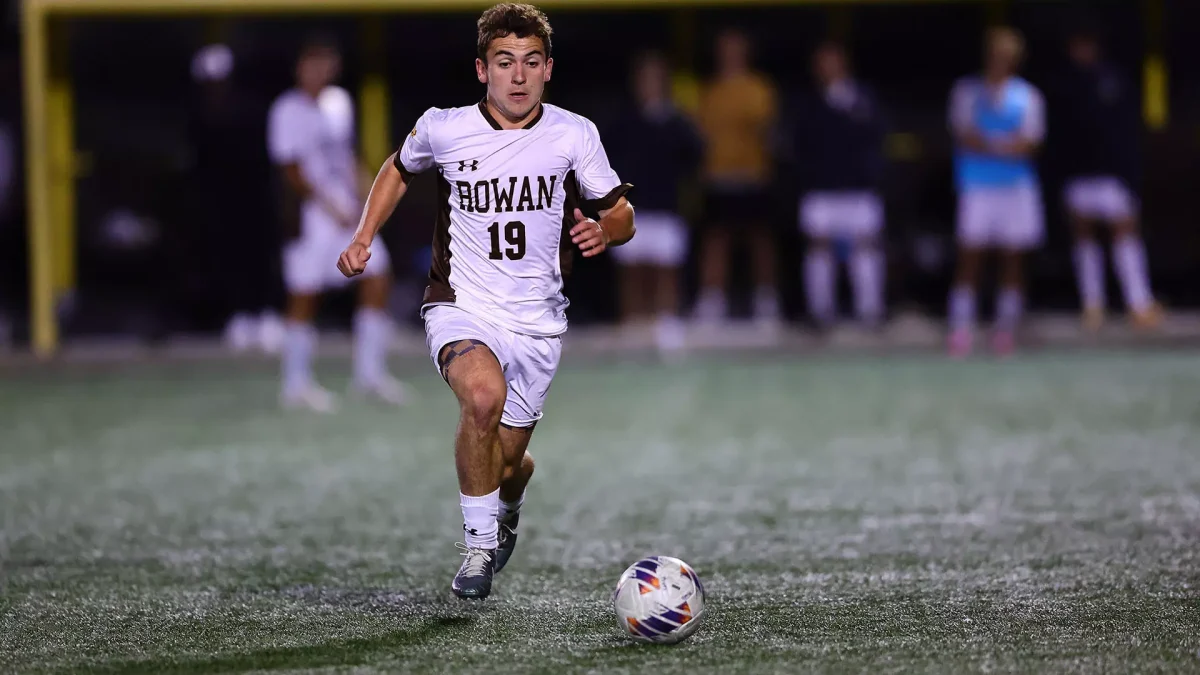



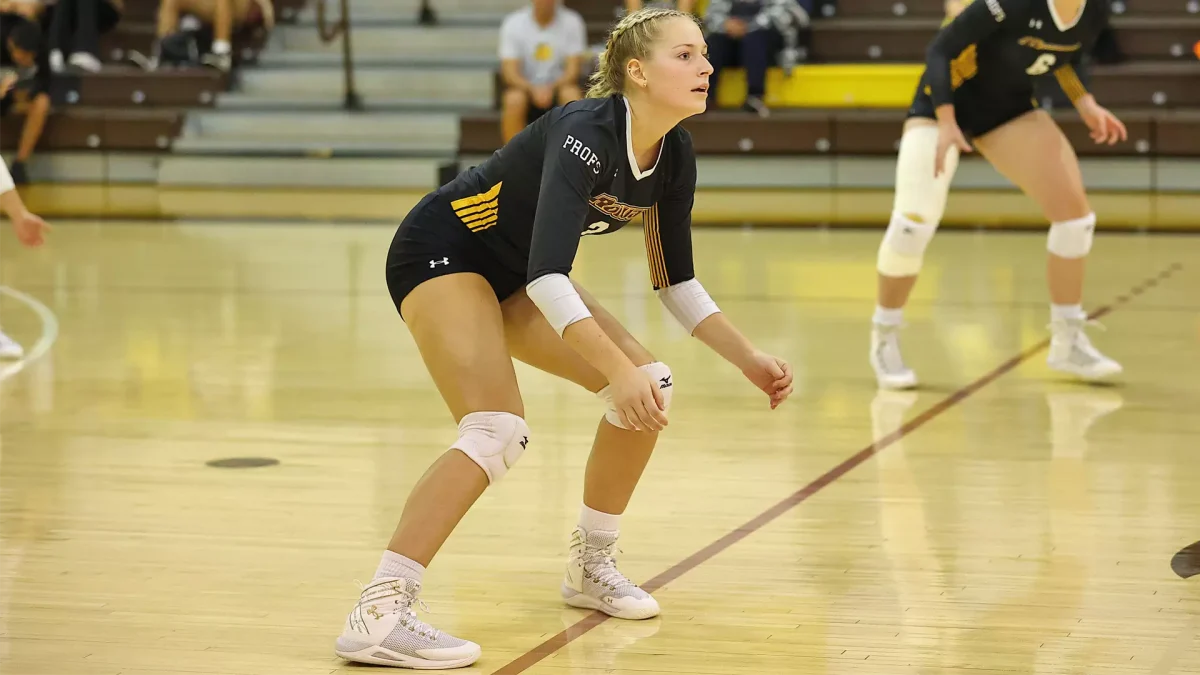



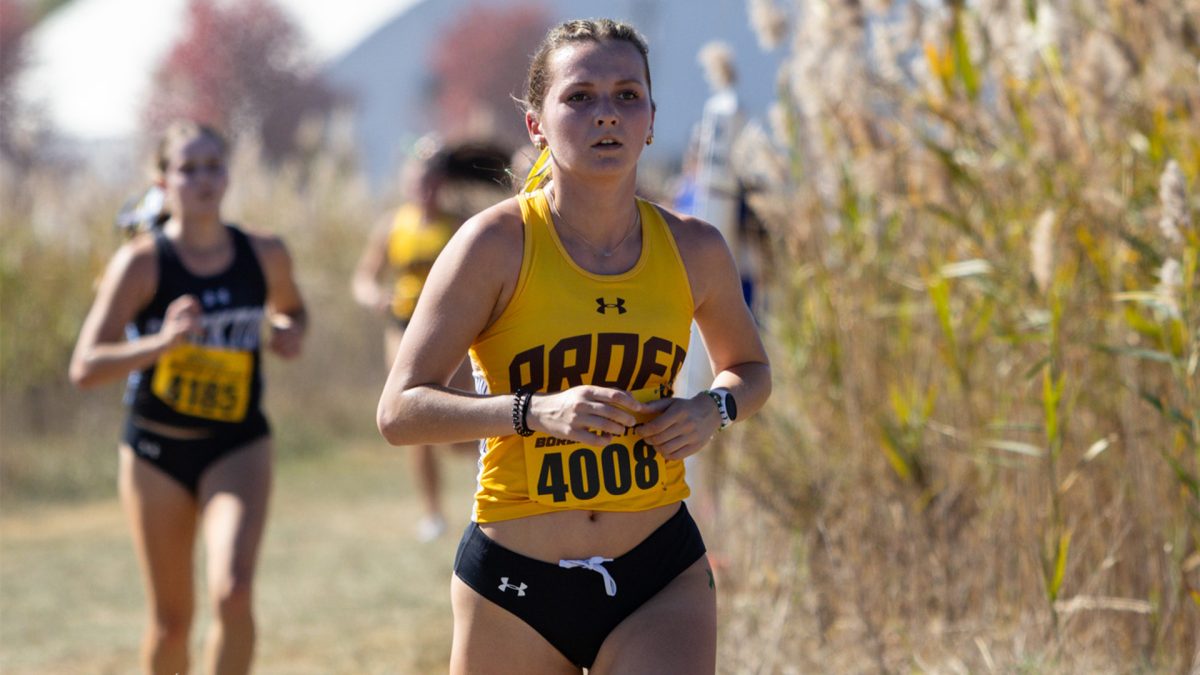




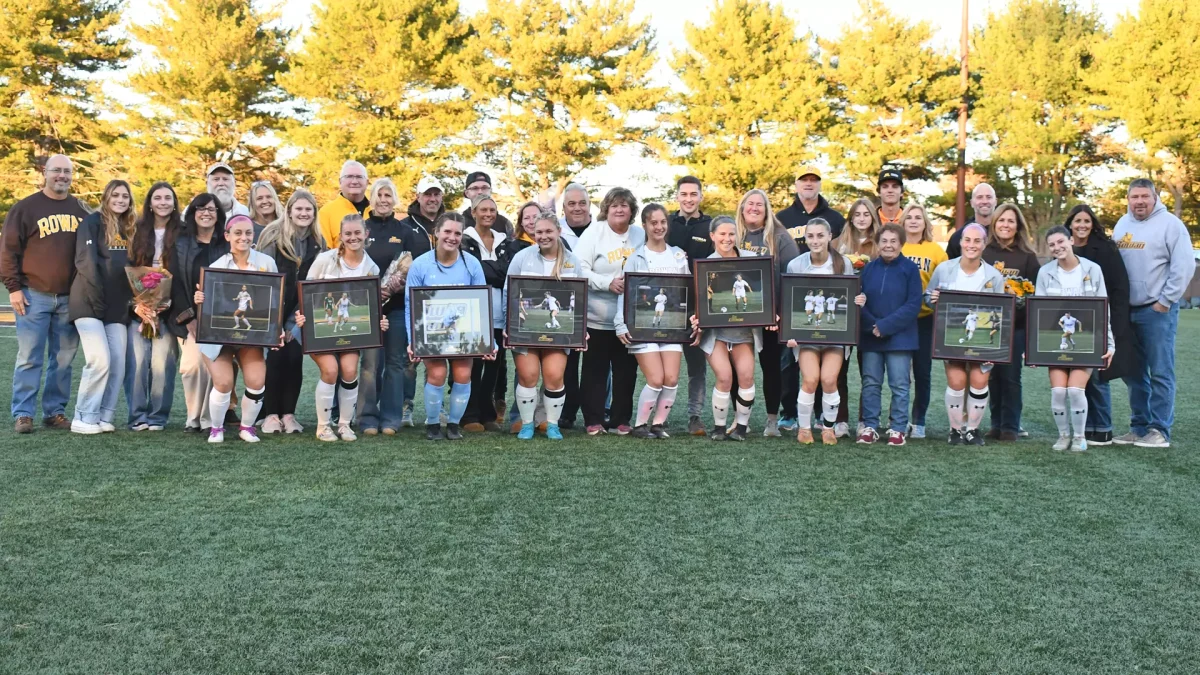







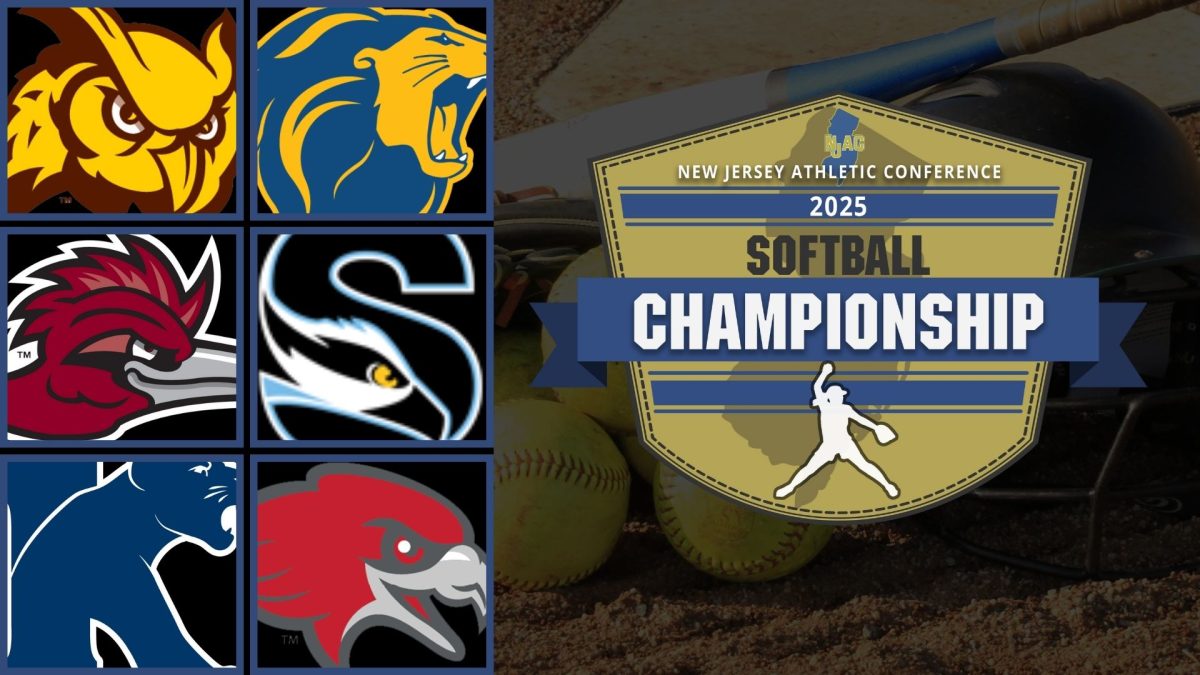
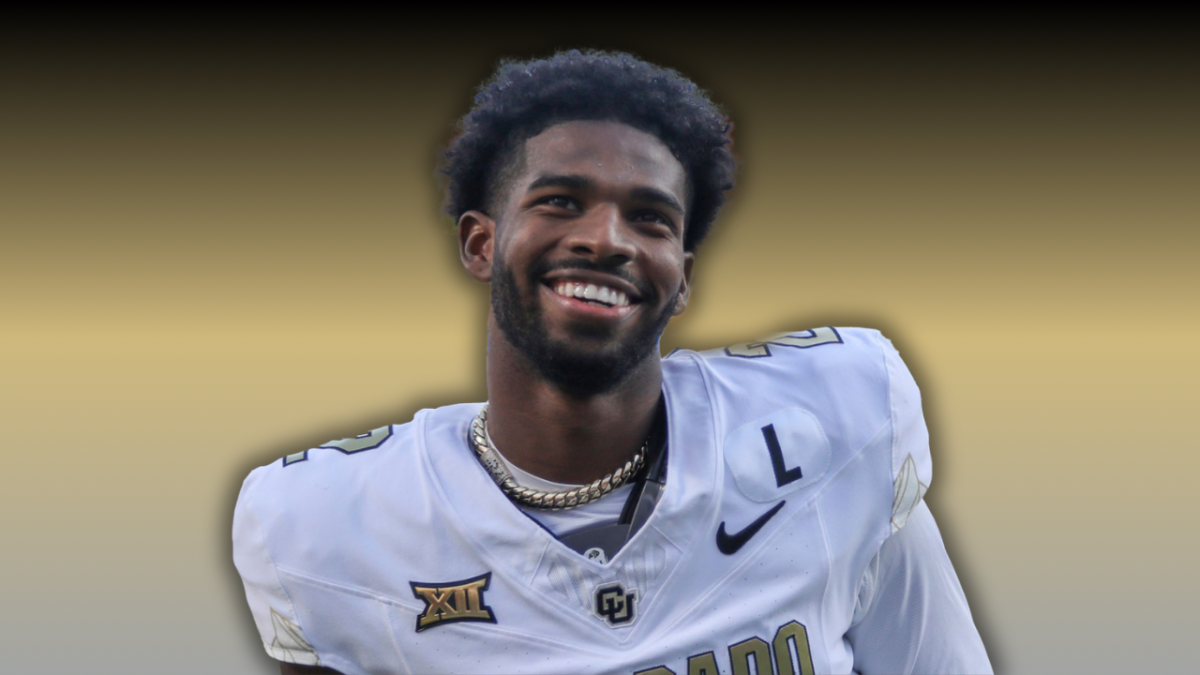


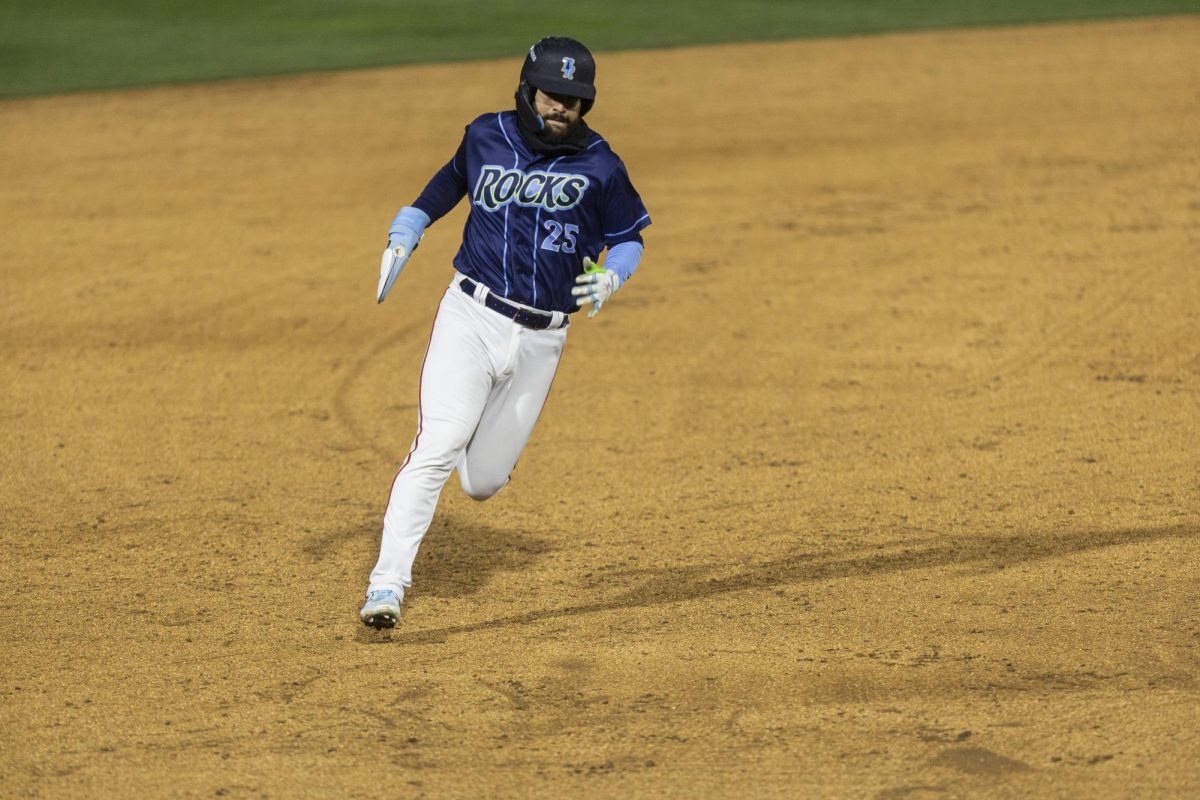




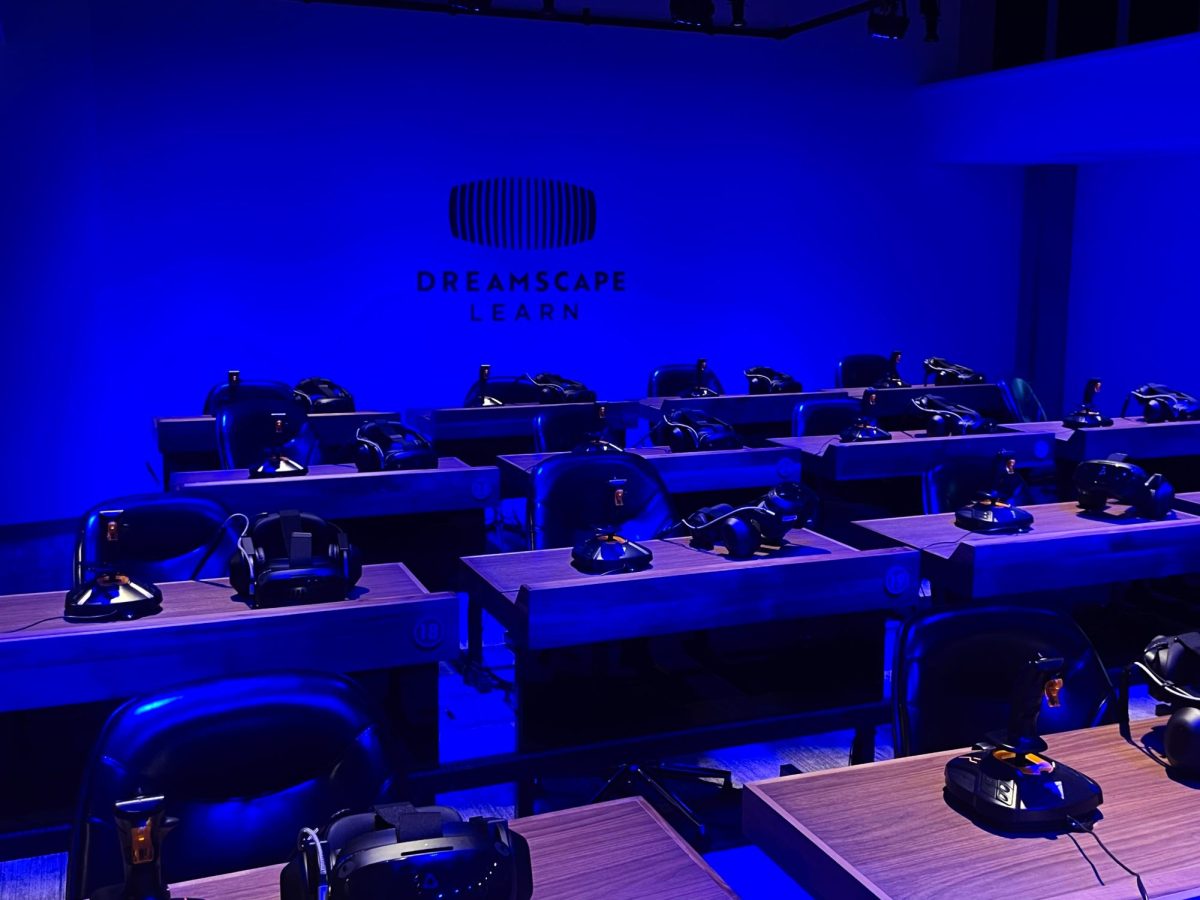
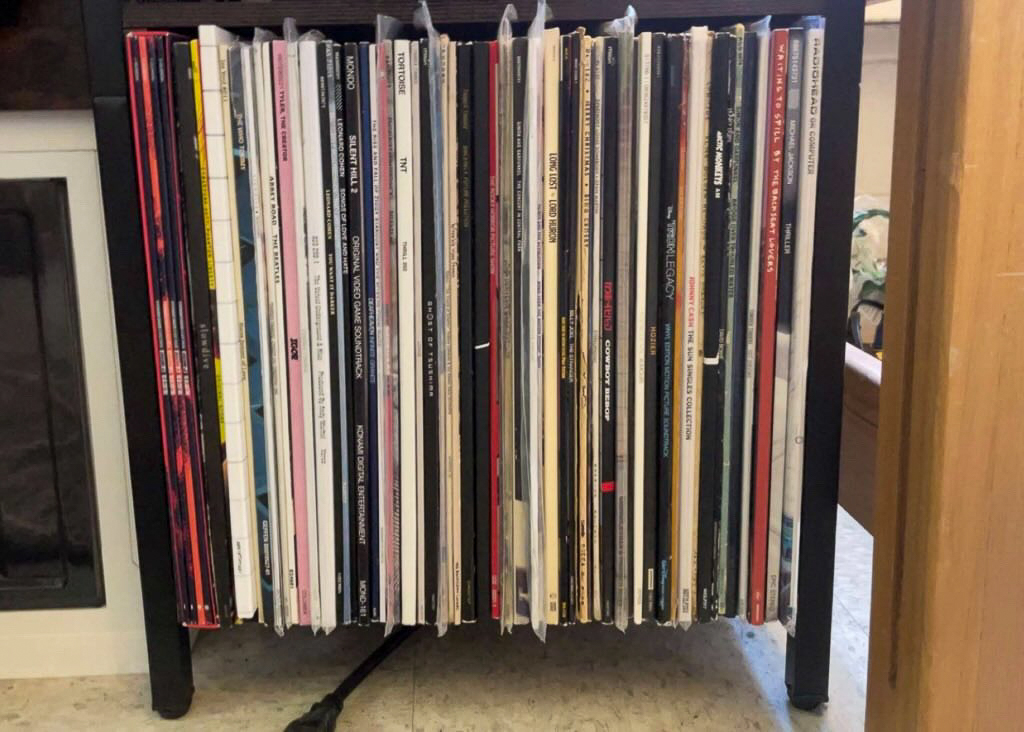
















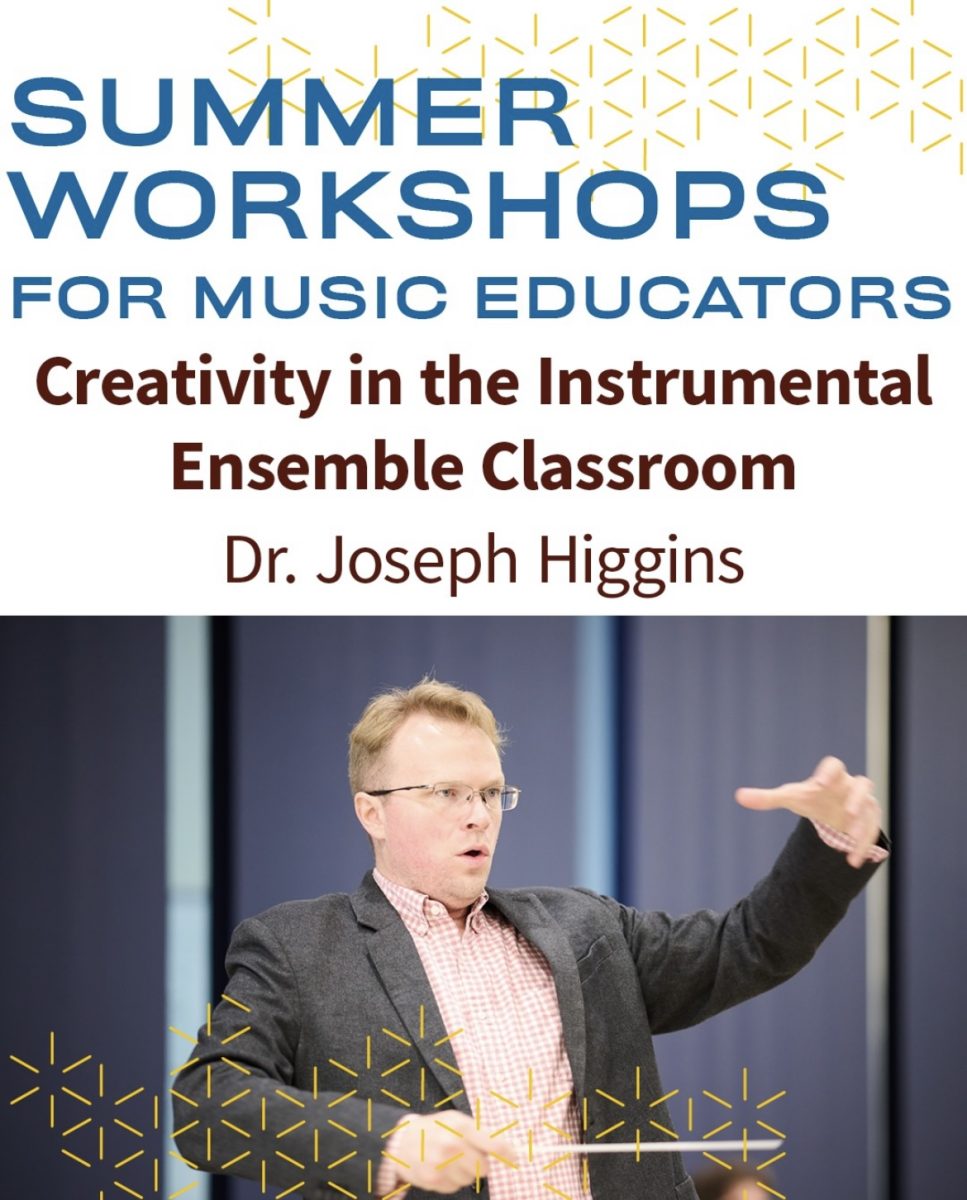






!["Working with [Dr. Lynch] is always a learning experience for me. She is a treasure,” said Thomas. - Staff Writer / Kacie Scibilia](https://thewhitonline.com/wp-content/uploads/2025/04/choir-1-1200x694.jpg)

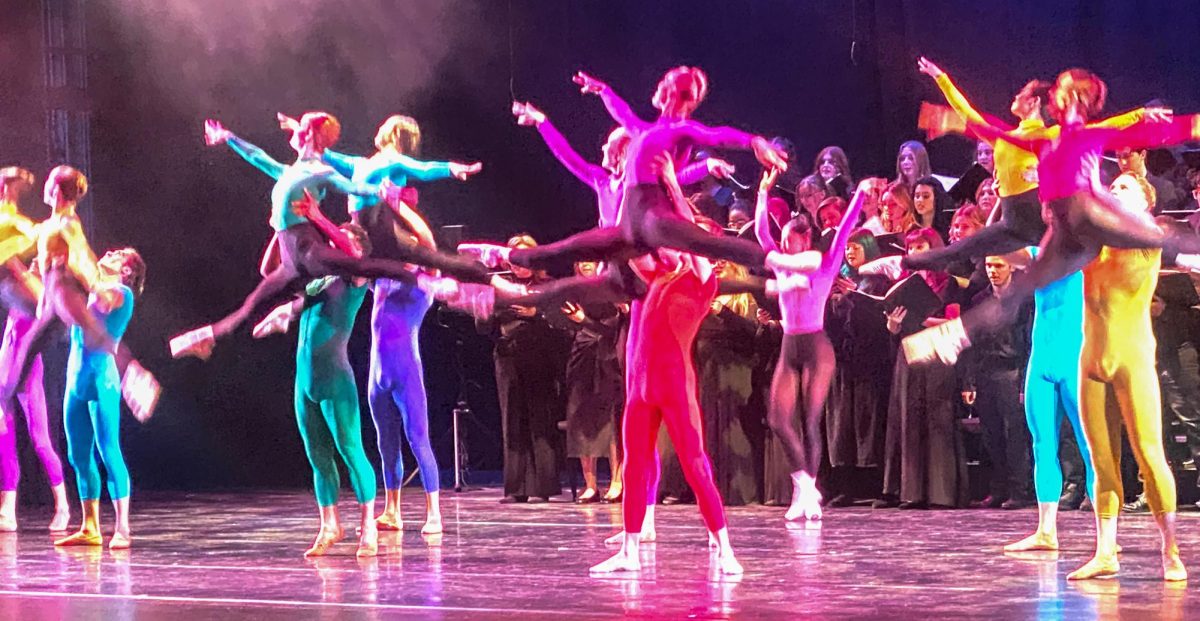









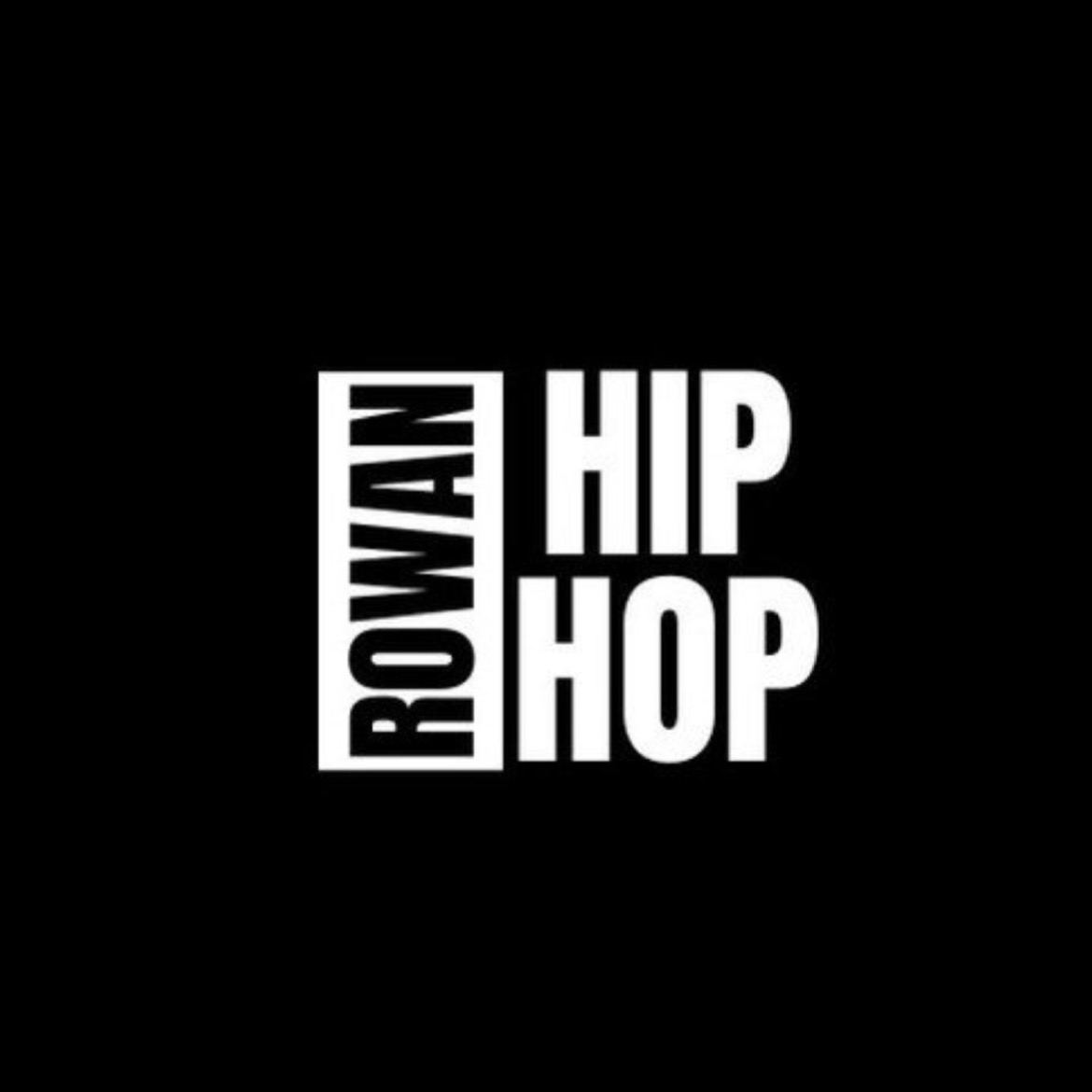



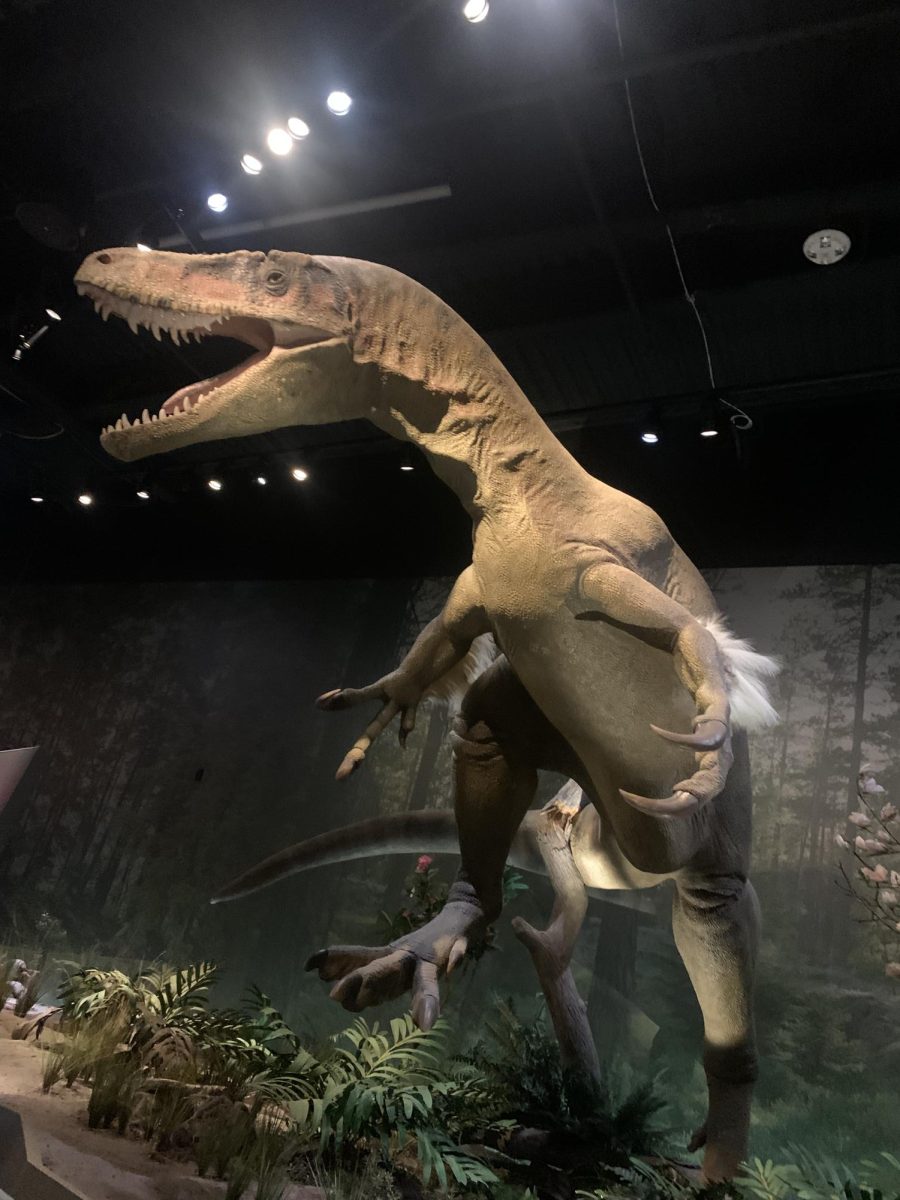

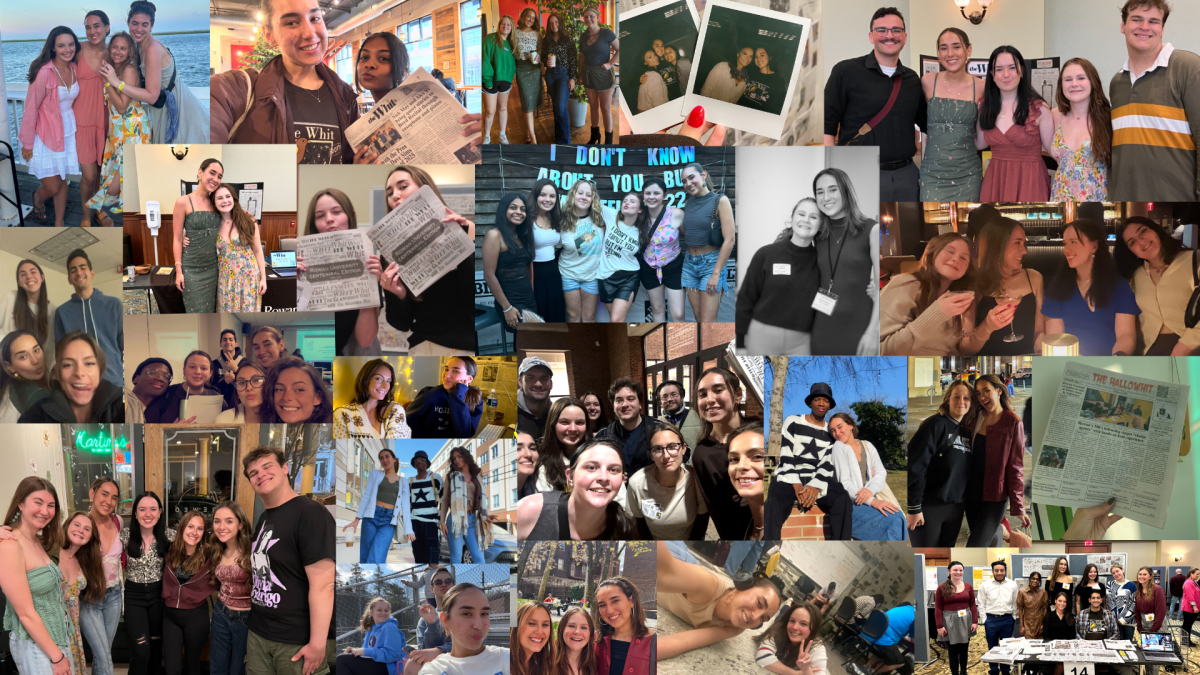
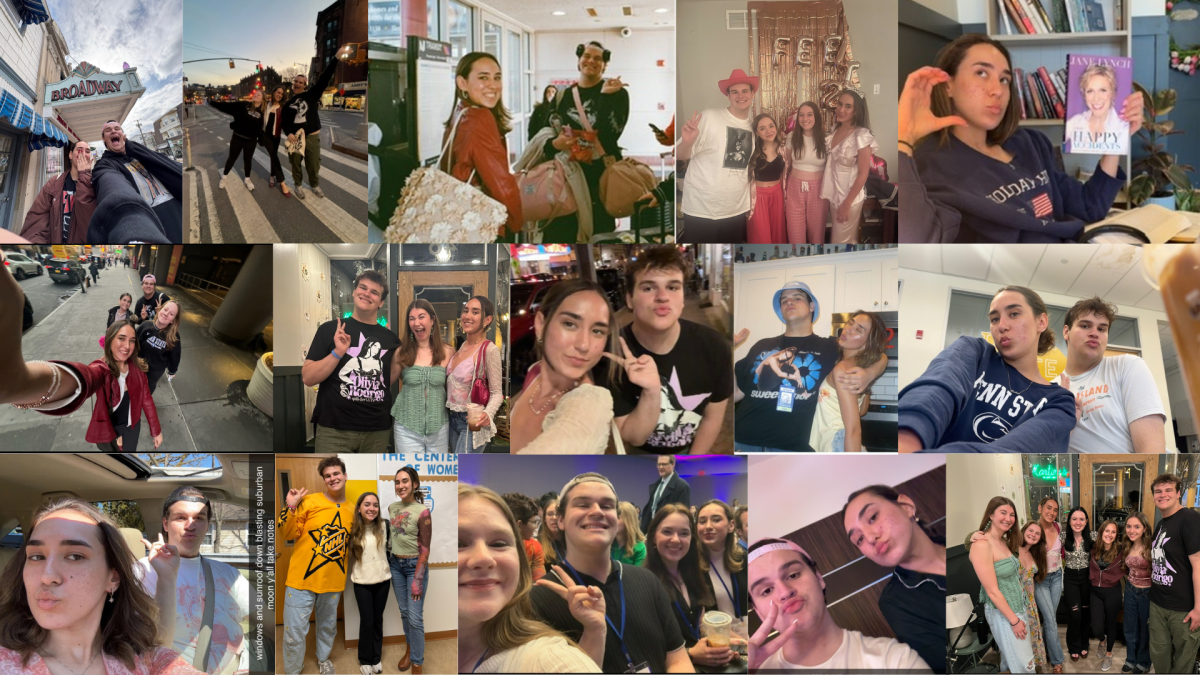






















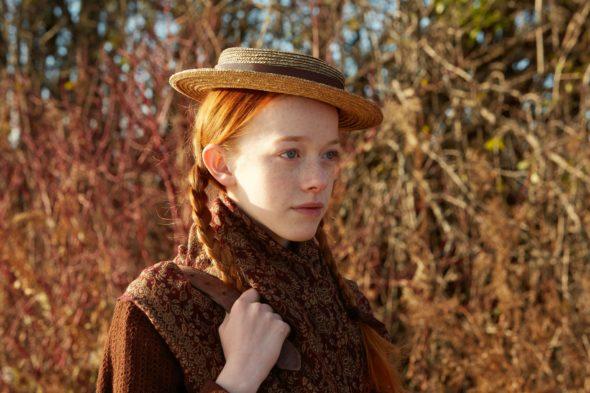
Lou Martin • Jan 31, 2022 at 11:39 am
I just had the honor or discovering this show and was heartbroken to learn it never survived past season 3. The fact that there are few shows celebrating the incredible and beautiful diversity we should all embrace and learning the sobering real history of this nation is the whole reason it took me so long to discover this jewel. I won’t be enjoying Netflix any longer.
Kimberlee Anne Brosnan-Myers • Feb 20, 2021 at 12:20 am
I know about the destructive boarding schools for Native Americans i in the USA and I have taught my class about how hard it was for the students to be stripped of their culture, pride, family history, worth and incredible wisdom; I think it will be painful for me to see this part of season 3. I have. only viewed season 1 and 2 . I have only read about this issue being explored in Season 3, It is rarely recognized in the. USA and really needs voices from allies in both countries to push for resolution and a healing path forward, The story should be re solved… in our imaginations and in our real lives. Calling on Annes of Canada. and US to write a post script. Kimberlee Anne. Brosnan- Myers
Sharon • Nov 17, 2020 at 12:11 pm
Did the Indian parents get their child back? Last I seen they were camping out near the school waiting . They were going to ride to the newspaper about the unfairness but I never heard anymore on it
trisha1501 • Jun 4, 2020 at 6:12 am
very true